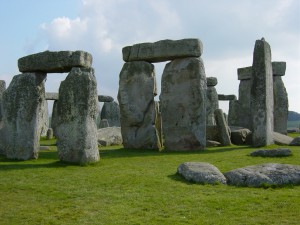Summer Solstice The Longest Day
June 21 marks the summer solstice for 2011. The summer solstice is when the Earth’s axis is most inclined to the sun, providing the most amount of sunshine for any day of the year. Often known as Midsummer’s day, marking the exact middle of the summer, periods of daylight get shorter following the solstice.
For the ancients, the summer solstice was an important event. Knowing when the shortest and longest days of the year were important to enable early agricultural civilisations to establish when to plant and harvest crops.
Indeed, the ancient monument of Stonehenge, in Salisbury, Great Britain, is thought to have been erected to calculate such events, and is still a major tourist attraction during the solstice when people travel from all over the country to celebrate the event at the ancient site.
Stonehenge is, therefore, one of the oldest forms of timekeeping on Earth, dating back to 3100BC. While nobody knows exactly how the monument was built, the giant stones were thought to have been transported from miles away—a mammoth task considering the wheel hadn’t even been invented back then.
The building of Stonehenge shows that timekeeping was as important to the ancients as it is to us today. The need for acknowledging when the solstice occurred is perhaps the earliest example of synchronisation.
Stonehenge probably used the setting and rising of the sun to tell the time. Sundials also used the sun to tell the time way before the invention of clocks, but we have come a long way from using such primitive methods in our timekeeping now.
Mechanical clocks came first, and then electronic clocks which were many times more accurate; however, when atomic clocks were developed in the 1950’s, timekeeping became so accurate that even the Earth’s rotation couldn’t keep up and an entirely new timescale, UTC (Coordinated Universal Time) was developed that accounted for discrepancies in the Earth’s spin by having leap seconds added.
Today, if you wish to synchronise to an atomic clock, you need to hook up to a NTP server which will receive an UTC time source from GPS or a radio signal and allow you to synchronise computer networks to maintain 100% accuracy and reliability.
